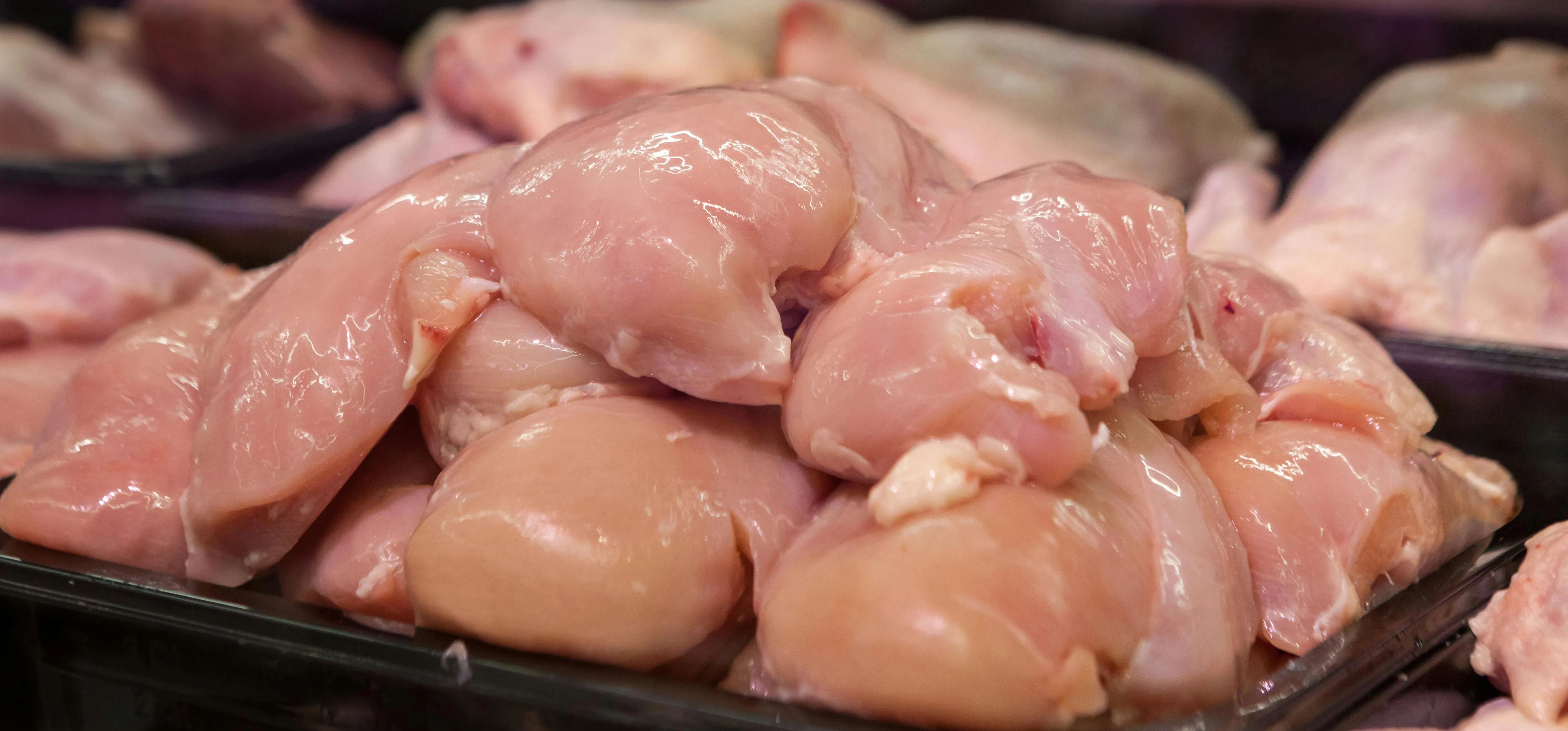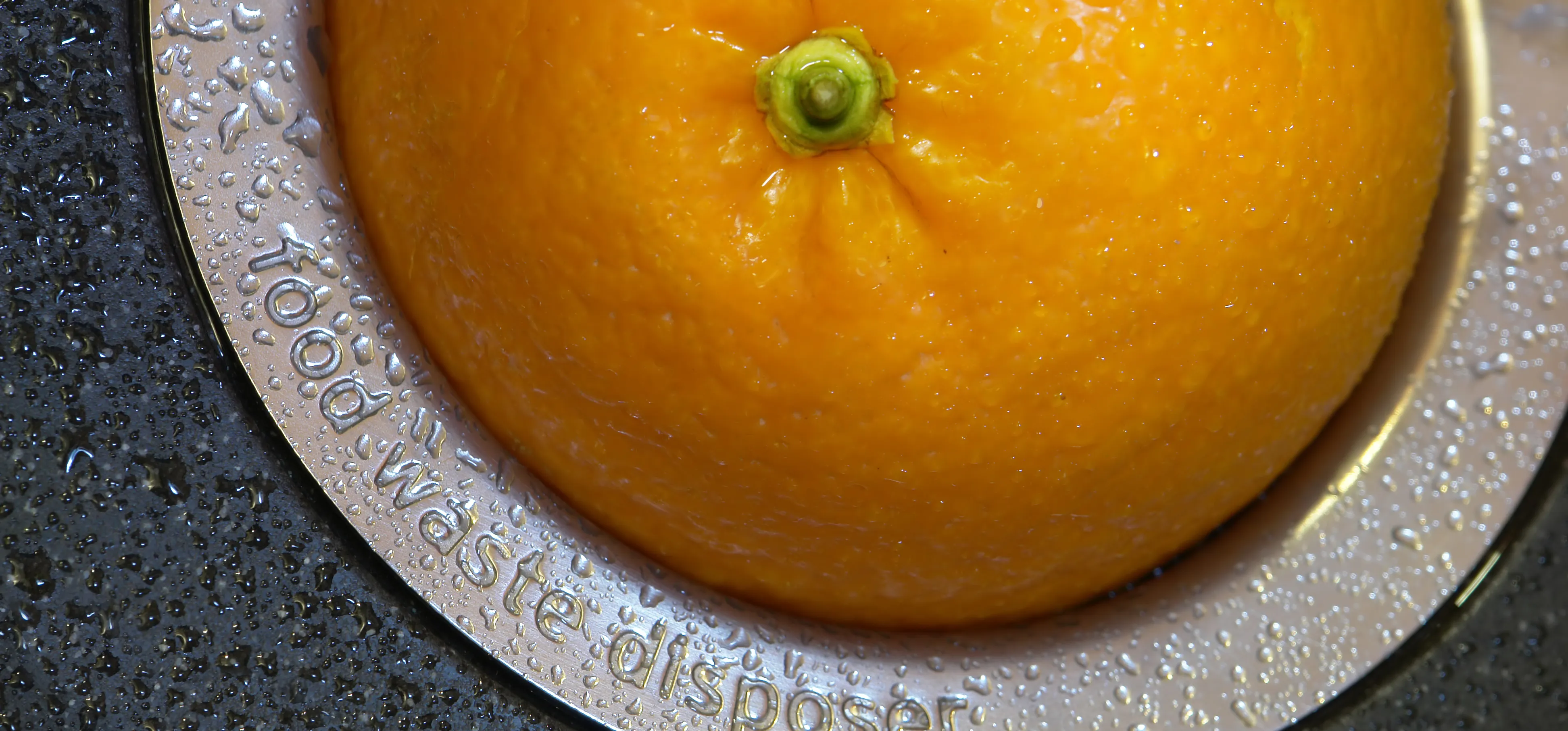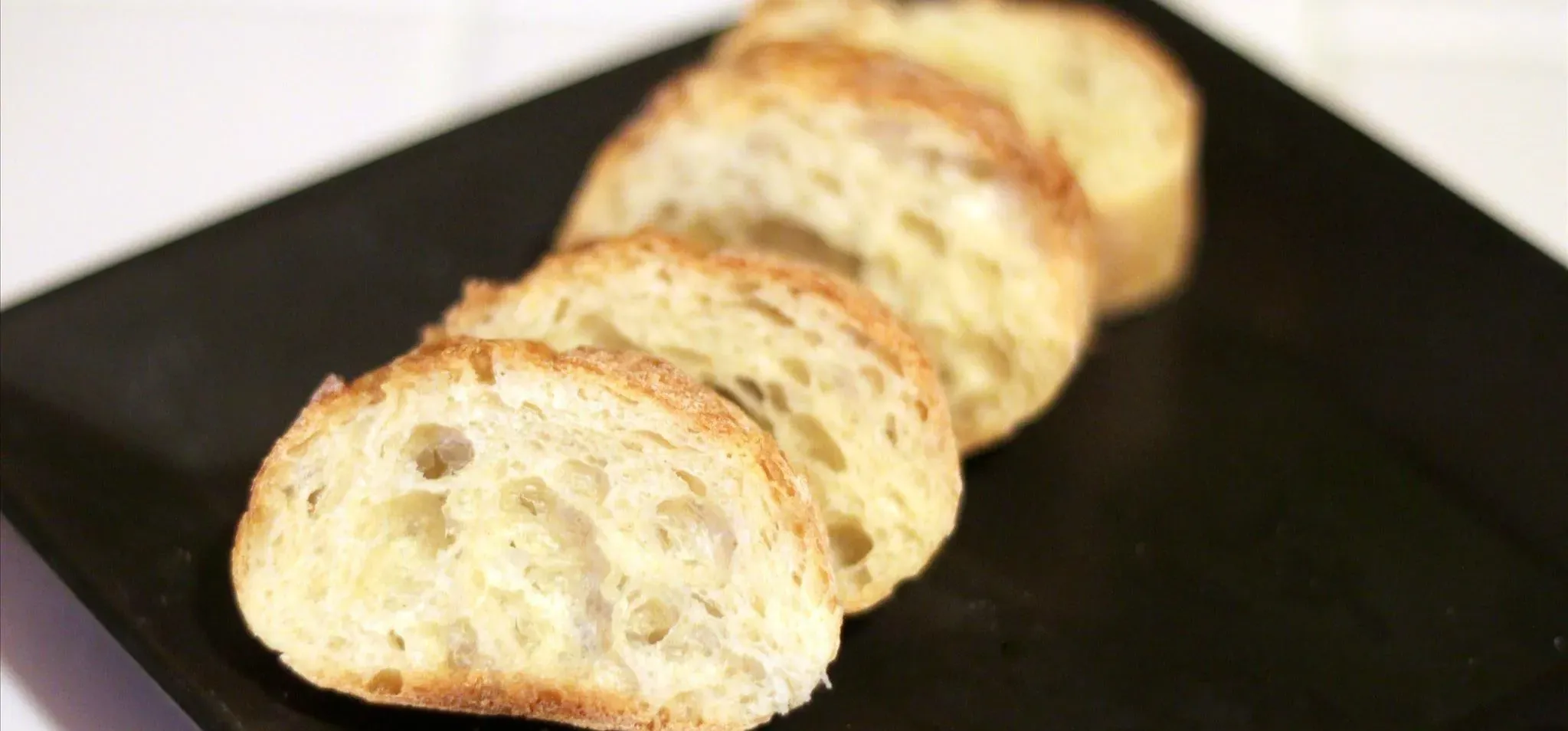Be it happy hour, a Super Bowl party, or just a gathering of friends, buffalo wings are a universal favorite. Since they're usually prepared for large groups, there is always a mix of both those that aren't counting their calories and others who are.
Most cuts of chicken contain an excess of fat—and wings are no exception. Knowing how to trim them, while leaving enough skin for that crunchy goodness, will eliminate calories without sacrificing flavor.
Here's how to cut the calories of your buffalo wings and still satisfy a crowd.
Cut the Flap
There are several of what I like to call 'flaps of fat' shaped like triangles, attached to the chicken wing at the joint. These are flaps of skin and fat with no meat; therefore, they've got to go. Cut 'em off (as I've demonstrated below).

Trim the Collar
Most drumsticks have a yellow cottage cheese-looking roll of fat that is above the skin; this part of the skin is hard to crisp and leads to unnecessary frying time (along with being calories that we don't need). Snip, snip.

Seal the Deal
There's always a bumpy end running on one side of that seals the skin on both side of the wing. But guess what? It serves no purpose. Even if you trim it, the skin still clings to the other sides. So we can definitely say 'sayonara' to those calories!

How These Trimmings Measure Up
Using Calorie King, I calculated that there are 85 calories in one 2 oz., bone-in chicken wing, which translates to 1,020 calories per dozen. Trimming the fat from a dozen wings removed 2 oz. or 56 grams of fat—which equals 280 calories. That's 25 calories per wing!
If that doesn't seem like much to you, don't worry—we've got more calorie-trimming tips ahead.

Use a Marinade, Not Batter
Common batter for chicken wings can add up to 20 calories per wing... which makes this another great way to cut the unnecessary fat.
After trimming, rinse and pat them dry the wings with a paper towel. Then add liquid smoke, Worcestershire, hot sauce, or a combination of the three to your preferences. These sauces have the necessary moisture needed to adhere the breading to the chicken without adding extra calories or extra cooking time to your wings.

Be Sparing with Your Breading
When you flour your wings, take a moment to tap the edge of each one before frying to eliminate the extra clumps of flour. It will leave you with just the amount of coating you need for a nice, crispy fry—and, of course, save a few more calories per wing.

Note: If your diet is gluten-free, there are several gluten-free cornstarches on the market that are used as well.
Use Less Oil When Frying
Don't use a fryer—if you're watching your calorie count, it's better to fry the wings in a pan rather than in a pot. You only need enough oil to cover half of the wing; the other side of the wing will cook when turned over. Definitely make sure the oil is hot before adding your wings, or the skin will absorb the oil and make the surface less crispy.

Cook for 3 to 5 minutes on each side. Because of their small size, the meat on wings don't take long to cook; therefore, you can judge the doneness of your wing by your desired crispness.
Once you're finished frying your wings, place them on paper towels to drain the excess oil, then either enjoy as-is or liberally douse them in your favorite buffalo sauce.

The Final Calorie Count
We saved 25 calories by trimming the fat, 10 calories from eliminating the batter... and 5 calories from the minimal breading. That totals 40 calories per wing—without sacrificing any of the taste!

With a little bit of know-how, it's possible to make something famously unhealthy like wings a little less guilt-inducing. And although I wouldn't recommend switching up your daily routine to include wings... at least you'll be able to enjoy eating them without reservation when you do indulge!
How did your wings turn out, and did anyone even notice the difference? Let us know if you have any additional tips for reducing the calorie count and fat content of wings or other popular finger foods in the comments.
More Healthy Tips & Hacks:
- 5 Healthy (But Just as Addictive) Alternatives to French Fries
- How to Eat Better by Making Healthy Food More Visible
- Cut Back on Calories with Easy & Healthy Cheese Alternatives
- How to Make Healthier-Than-Gatorade Sports Drinks at Home
- Could Cooking White Rice with Coconut Oil Cut Calories?
Photos by Vanessa Middleton/Food Hacks

























Comments
Be the first, drop a comment!